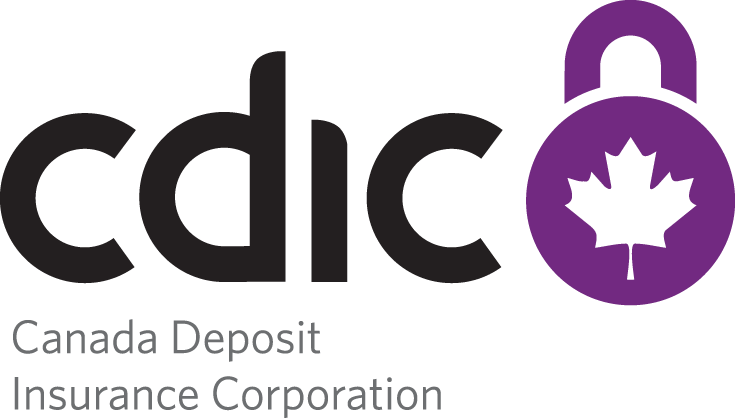For professional trustees
Professional trustees place deposits at CDIC member institutions and hold those deposits in designated Professional Trustee Accounts. These accounts, along with the relevant contact information of the Professional Trustee, will be identified by CDIC based on the failed member’s records.
For more information, please visit For Professional Trustees.
For more information about CDIC’s coverage and categories, please visit What’s covered.
Payout Process for Professional Trustees
CDIC will make the deposit insurance payment directly to the professional trustee holding the deposit on behalf of their clients. Professional trustees can then work with their clients to determine the appropriate steps regarding their clients’ funds. CDIC insures up to $100,000 for each beneficiary (i.e., client) named in a trust, provided deposits meet CDIC requirements and CDIC has the required beneficiary information.
CDIC cannot make a payment to professional trustees unless the required beneficiary information has been provided in relation to the deposits held at the failed member. The required beneficiary information includes:
- The full name and address of each beneficiary to the Professional Trustee Account (e.g., an entity, person, or co-owners); and
- The portion of the trust belonging to each beneficiary expressed as a percentage (%) or dollar amount ($).
The beneficiary information must be provided in accordance with the Professional Trustee Data Requirements (PTDR). For more information on how to provide beneficiary information, please visit the Professional Trustee Data Requirements page.
CDIC will communicate directly with professional trustees about submission instructions.
Approach for reimbursement of Professional Trustee Deposits
-
1
Establish contact
CDIC contacts the Professional Trustee using the information on the failed member’s records to outline the reimbursement process.
-
2
Collect beneficiary information
CDIC will work directly with the Professional Trustee to collect the required beneficiary information through the PTDR file.
-
3
Insurance calculation
CDIC calculates the deposit insurance payment based on the beneficiary information provided by the Professional Trustee.
-
4
Statement and payment
CDIC will send insurance payment via wire transfer or cheque and a statement itemizing its calculations that will allow the Professional Trustee to allocate the funds to their clients.
CDIC Professional Trustee Communication Process
CDIC’s reimbursement process for deposits held by Professional Trustees:
- CDIC will contact the professional trustee identified on the records of the failed member to discuss the payout process.
- CDIC will only communicate with the appropriate senior representative of the affected Professional Trustee Accounts regarding the deposit insurance payment process.
- CDIC will request and collect key client information from each professional trustee by means of the PTDR and will provide instructions about how to provide this information securely.
- CDIC will communicate payment schedules and provide a payment statement to professional trustees when available. Each professional trustee will be responsible for distributing deposit insurance reimbursements to their client/beneficiaries.
For reasons of confidentiality, CDIC is prohibited from sharing any client deposit information with individual clients of professional trustees during the reimbursement process. If you are a client with deposits at the failed member and require more information, please contact your professional trustee directly.
If you have any questions about the professional trustee payout process or if you wish to confirm whether you will be involved in this process (including updating any essential contact information with CDIC), please contact us at info@cdic.ca.
FAQs for Professional Trustees
For professional trustees
- How are professional trustee deposits protected by CDIC?
- What’s the reimbursement process for deposits held by professional trustees?
- I am a professional trustee who has placed deposits at a member institution. Will CDIC contact me regarding my clients’ deposits?
- How will CDIC provide insurance payments for deposits placed by professional trustees?
- How long will it take for CDIC to pay professional trustee deposits?
- As a professional trustee, can I request that the payment be directed to a beneficiary or client?
- How many days do professional trustees have to provide client/beneficiary information to CDIC?
- What if my client/beneficiary has more than $100,000 in deposits in a designated professional trustee account held at a failed institution?
- I am a client of a professional trustee who placed my money at a failed member. The professional trustee has told me to call CDIC. How do I get my money back?
